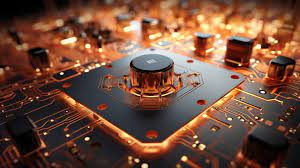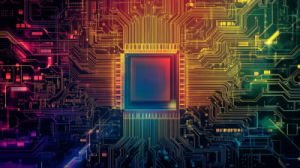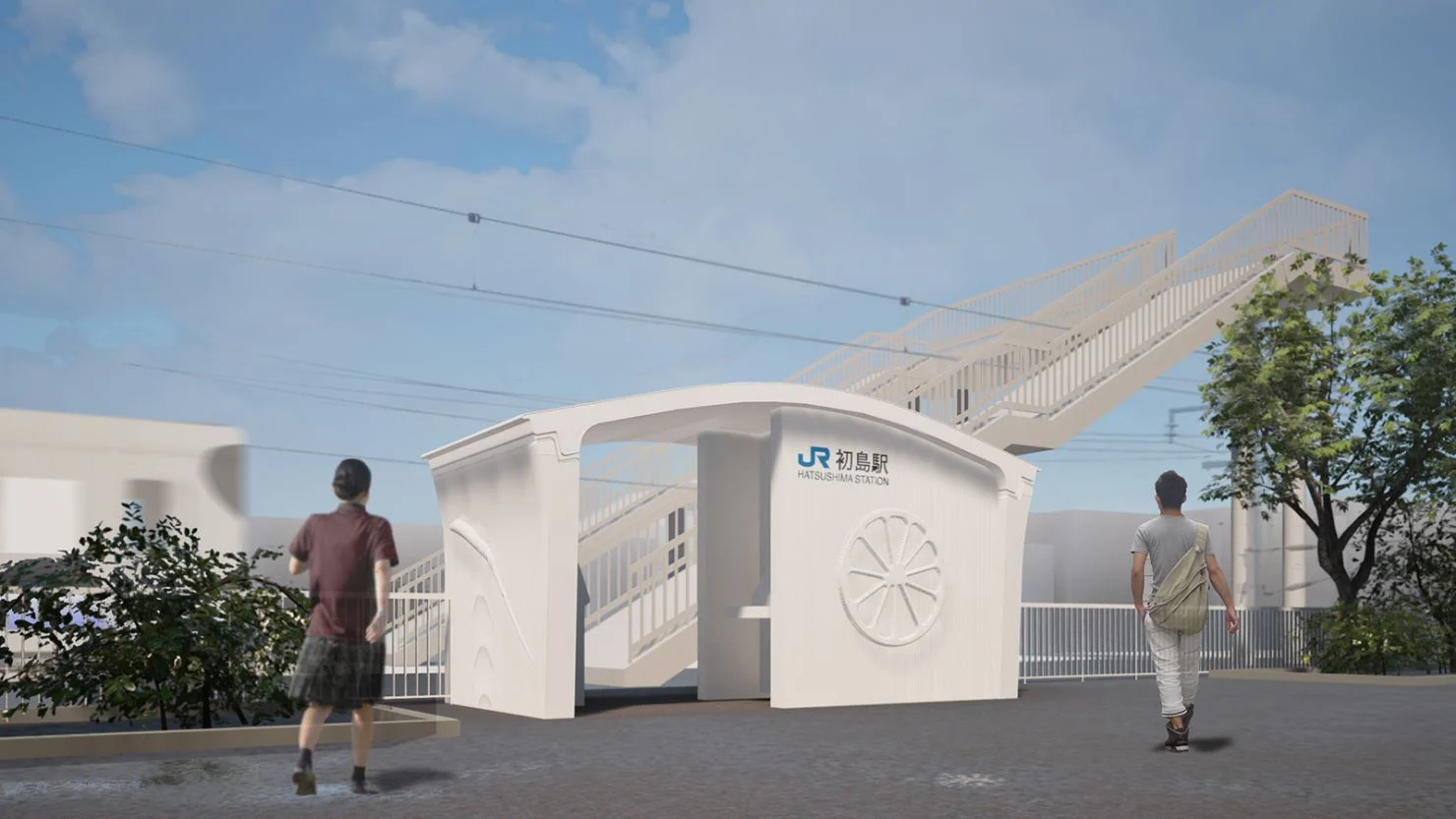Blog Credit: Trupti Thakur
Image Courtesy: Google
RoboMapper
With the ever-increasing number of mobile devices, location-based services became a crucial part of mobile development. Many indoor location detection systems are developed to solve positioning problems where satellite-based solutions are prone to failure. Among many proposed solutions, the fingerprinting technique proved to be the most reliable approach for indoor locations. However, it comes with a cost; it entails a time-consuming learning phase that should be repeated many times during the system’s lifetime to preserve system accuracy. Thus, we propose an automated signal-mapping robot called RoboMapper to alleviate the time-consuming nature of the learning phase of the fingerprinting technique. With the help of its accurate distance-keeping mechanisms, RoboMapper can construct the signal map of the environment so that the created map can be used for user positioning. Our findings indicate that using RoboMapper 2.68-meter positioning accuracy with 70% probability can be achieved.
In a groundbreaking development, scientists have introduced RoboMapper, a cutting-edge robot designed for material testing. This innovative technology promises to revolutionize the process of identifying materials for solar cells, offering greater efficiency and sustainability. The robot has already shown remarkable results, identifying perovskite materials with enhanced stability and efficiency in solar cells.
The new robot, called RoboMapper, is capable of conducting experiments more efficiently to develop a range of semiconductor materials with desirable qualities.
“RoboMapper allows us to conduct materials testing more quickly, while also reducing both cost and energy overhead – making the entire process more sustainable,” said Aram Amassian, corresponding author of a paper on the work and a professor of materials science and engineering at North Carolina State University.
The paper, ‘Sustainable Materials Acceleration Platform Reveals Stable And Efficient Wide Bandgap Metal Halide Perovskite Alloys,’ is published in the journal Matter.
Identifying Perovskite Materials
Robomapper makes searching for new materials more efficient and cost-effective
Conventional materials research needs a researcher to prepare a sample and then test this using different instruments. This involves placing, aligning, and calibrating samples to collect the data.
Previously, automating this process has relied on automating the assembly line with one sample per chip moving through the data collection process. This improves speed. However, each step has to be done with one sample at a time.
“RoboMapper also automates this process, but places dozens of samples on each chip by miniaturizing the material samples with the help of modern printing,” Amassian said.
“It still performs each step of the data collection process, but it does so for multiple materials in parallel, saving time and energy.”
“This makes searching for new materials far more efficient, more cost-effective, and more sustainable in terms of our carbon footprint,” said Tonghui Wang, lead author of the paper and a Ph.D. student at NC State.
“It’s nearly ten times faster than previous automated techniques.”
RoboMapper’s primary focus is on identifying perovskite materials, known for their superior light absorption compared to traditional silicon, making solar cells lighter and more efficient. The robot has successfully pinpointed 150 different compositions of these materials in an impressively short time, significantly outperforming manual efforts.
Key Testing Parameters
The robot rigorously tests the materials for three crucial characteristics: the crystalline structure of perovskite, the optical characteristics represented by the band gap, and the stability when exposed to intense light. This comprehensive testing process ensures the identification of optimal materials for solar cell applications.
Advancements Over Conventional Methods
Before the introduction of RoboMapper, the conventional material testing process was considerably lengthier and energy-consuming. Scientists had to test each sample individually using multiple instruments. However, RoboMapper streamlines this process by conducting parallel testing on multiple materials simultaneously, significantly reducing time and energy consumption.
Overcoming Challenges in Solar Cell Development
The development of stable perovskite-based solar cells has been a major challenge. These materials tend to degrade on exposure to light, compromising their valuable properties. RoboMapper’s efficient testing has already resulted in significant strides toward overcoming this challenge, providing hope for more durable and efficient solar cells.
Reduced Greenhouse Gas Emissions
An additional advantage of RoboMapper is its positive impact on the environment. The new method reduces greenhouse gas emissions from the characterization process by an impressive tenfold.
RoboMapper compared with traditional materials research
To prove the performance of the new robot, the team evaluated the environmental impact of traditional materials research and data collection. This was then compared with the RoboMapper.
“It was remarkable to find that characterization is the major source of greenhouse gas emissions in materials research,” said environmental economist Lucía Serrano-Luján, co-author of the paper and a researcher at Rey Juan Carlos University and the Technical University of Cartagena.
“The RoboMapper’s ability to streamline the data collection process by placing dozens of materials on the same chip reduced greenhouse gas emissions tenfold.”
The team first focused on perovskite materials
To demonstrate the usefulness of the new robot, the researchers first focused on perovskite materials. Perovskites are better than silicon at absorbing light, meaning that they can be thinner and lighter without sacrificing the cell’s ability to convert light into electricity.
Because of this, they are a focal point for research into next-generation solar cells.
The researchers specifically focused on perovskite stability – one of the biggest challenges in the field.
“The challenge is that perovskite materials tend to degrade when exposed to light, losing the properties that made them desirable in the first place,” Amassian said.
“We’re looking for ways to engineer these materials so that they are stable – meaning they retain their desirable properties for a long time, even when exposed to light.”
During the new robot’s proof-of-concept demonstration, the researchers made their first significant finding.
RoboMapper was tasked to identify whether an alloy was suitable for boosting solar cell efficiency
RoboMapper’s tests were designed to identify whether an alloy was suitable for tandem solar cells. This means whether:
- It had the crystalline structure of a perovskite;
- It had a desirable set of optical characteristics known as the band gap; and
- It was stable when exposed to intense light.
This data was then used to construct a computational model that identified a specific alloy composition with the best combination of desired attributes.
The team made the desired alloy with the new robot and conventional laboratory techniques. These methods were both tested.
“We can quickly identify the most stable composition from a possible set of perovskite alloys at a target band gap using the specific suite of elements we confined ourselves to for this proof-of-concept work,” Amassian said.
“The material we identified using RoboMapper also turned out to be more efficient at converting light into electricity in solar cell devices. Our conventional techniques validated the results from RoboMapper.
“One reason RoboMapper’s experiments were able to produce such useful data is that the specific suite of experiments we used is based on previous work that informs our understanding of the relationship between what we can observe in optical tests and the stability of perovskite materials.
“Next steps for this work include expanding the range of potential alloys for testing in RoboMapper,” Amassian said.
“We’re open to working with industry partners to identify new materials for photovoltaics or other applications. And with support from the Office of Naval Research, we are already using RoboMapper to advance our understanding of materials for both organic solar cells and printed electronics.”
Blog By: Trupti Thakur

28
JulRoboMapper
Jul 28, 2023Recent Blog
The ITES-QApr 17, 2025
The UPI Circle Of PhonePeApr 16, 2025
Dangerous AI In HealthcareApr 15, 2025
Google’s Iron Wood ChipApr 14, 2025
World’s First 3D Printed Train StationApr 11, 2025




